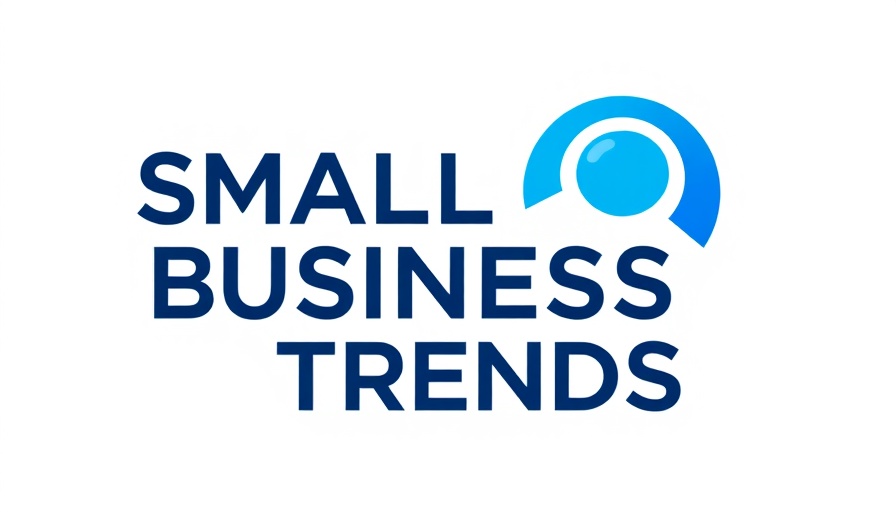
The Rise of Social-First, Tech-Driven SMBs
In today’s dynamic business environment, small and medium-sized businesses (SMBs) are redefining their marketing strategies by harnessing the power of social media and technology. According to Constant Contact’s latest report, social media has emerged as the primary marketing tool for many new entrepreneurs, with 63% of surveyed SMBs relying on it as their principal marketing channel. Remarkably, 73% highlighted that both paid and organic social media efforts are driving significant revenue growth.
Diverse Marketing Strategies: Beyond Social Media
Despite their focus on social media, many SMBs acknowledge the need for a more diversified marketing strategy. For instance, the report shows that 33% of these businesses view email marketing as an underutilized avenue, and only 15% employ SMS marketing, despite its potential for engagement. This presents a significant opportunity for forward-thinking business owners to adopt a more comprehensive approach in their marketing efforts.
The Role of AI in Small Business Growth
The integration of artificial intelligence (AI) into business operations is another progressive trend highlighted in the report. A remarkable 72% of SMBs plan to leverage AI for marketing purposes by 2025. Tasks such as content creation and customer data analysis are becoming less cumbersome, thus freeing up valuable time for business owners to strategize and innovate. For example, 41% of proactive SMB owners are already using AI to gather and analyze customer data, ensuring they remain competitive in an ever-evolving retail landscape.
Staying Optimistic Amidst Challenges
However, this optimism doesn’t mask the ongoing challenges. The survey revealed that while 45% of new SMB owners expressed strong confidence in their growth prospects for 2025, 55% voiced concerns related to customer acquisition, rising operational costs, and changing consumer behaviors. Economic uncertainties also led 35% of participants to believe that these factors could significantly impede their successes in the coming year.
A Resilient Community of Entrepreneurs
Despite these hurdles, an overwhelming 95% of entrepreneurs indicated they would choose small business ownership again. With 71% feeling excitement and 57% proud to be part of the SMB community, it’s evident that the spirit of entrepreneurship is alive and thriving. As Frank Vella, CEO of Constant Contact, noted, the adaptability of new business owners is their greatest strength: "They’re turning challenges into opportunities and reshaping what it means to thrive in today's economy."
Harnessing Social Media and AI for Future Growth
In conclusion, as small businesses evolve, the successful integration of social media and AI-driven solutions into their strategies will be vital. This convergence not only enhances customer relationships but also equips entrepreneurs with the tools necessary for navigating a challenging economic landscape. As technology continues to advance, the future of SMBs appears promising, ripe with opportunities for those willing to adapt and embrace change.
Small business owners should consider investing in innovative marketing strategies that incorporate AI and expand beyond traditional platforms. Engaging with tools that capture customer data insights and improve operational efficiency will be crucial in setting these businesses on a path towards sustainable growth.
 Add Row
Add Row  Add
Add 



Write A Comment